Pearl Of Istanbul, Bosphorus!

The Bosphorus is a natural strait that connects the Black Sea with the Sea of Marmara, and thus it is a very strategic waterway. It was a river in the valley during the Tri-continental period, which was sunk by the sea at the end of this period. It is 32 kilometers (20 miles) long in the north-south direction, 730-3300 meters in width, and 30-120 meters (100-395 feet) in depth.
The Bosphorus Strait separates the European part from the Asian part of Istanbul.
The Legend Of Bosphorus!
The English name of the Bosphorus comes from a Greek legend.
As one of the Greeks was in a relationship with a beautiful woman named Io, when his wife discovered his betrayal she turned Ayo into a cow and made a horse follow her, which made her jump across the strait.
Thus, bous means a cow, phorus means a place of transit, so a Bosphorus means "a place of transit for a cow." Recent marine archaeological research in the cold deep waters of the Black Sea has revealed flooded cities on underwater cliffs along the Turkish coast.
Geological evidence supports the theory that in ancient times the northern tip of the Bosphorus was blocked by land and rocks. The Black Sea had no outlet (like Lake Van today), and its water level was lower than the Aegean Sea, the Sea of Marmara, and the Bosphorus.
However, an earthquake devastated the Bosphorus, causing a deluge of water from the Bosphorus to the Black Sea, raising the water level and inundating its coastal communities.
So the Bosphorus may be the source of the Noah Flood and the legend of Noah's Ark!
What Is The History Of Bosphorus?
The Bosphorus is a waterway of prime importance since ancient times.
Ulysses passed through it and Byzas, who had founded Byzantium (later Constantinople, later Istanbul), sailed up and down in search of the ideal place to found his village.
In 1452, Mehmed the Conqueror ordered the construction of the great castles of the Citadel of Europe, the Anatolian Castle.
So that he could gain control of the strait and prevent reinforcements from reaching the besieged Byzantine capital in Constantinople.
The obstacle for the Ottomans was mostly that every spring they had to ship their gigantic armies across the strait from Istanbul to conduct campaigns in Anatolia, Syria, and Persia.
How Do Ships Cross The Bosphorus?
Bosphorus waters are crossed by numerous passenger and vehicle ferries every day.
In addition to recreation boats and fishing that range from boats to yachts owned by the public and private entities.
The strait also passes large quantities of international commercial freight traffic by both cargoes and carriers.
The risks posed by geography are compounded by heavy ferry traffic across the strait, which connects the European and Asian sides of the city.
As such, all the dangers and obstacles characteristic of narrow waterways are present and steep in this critical sea lane.
In 2011, the Turkish government discussed the construction of a large-scale canal project approximately 80 kilometers (50 mi) long.
It extends from north to south through the western edges of Istanbul canton as a second waterway between the Black Sea and Marmara, with the aim of reducing the risks in the Bosphorus.
The Important Role Of The Bosphorus For Tourism In Turkey
- - The Bosphorus is the only way for Bulgaria, Georgia, Romania, Russia, and Ukraine to reach the Mediterranean and other seas.
- - Sovereignty over the strait is also an important issue for coastal countries besides Turkey.
- - Although it is only one of the natural borders separating the European and Asian mainland, the most famous one is the Bosphorus.
- - A moderate region in terms of climate and geographical conditions.
- - Istanbul, divided by the Bosphorus, is one of the few transcontinental cities in the world.
- - Even if Turkey does not have the right to receive fees from ships passing through the strait, the Turkish army enjoys broad powers according to the Montreux Convention.
- - The Bosphorus Command is located on the banks of the Bosphorus and the military ships connected to the command dock in the Bosphorus waters.
Bosphorus And Tourist Attractions
The Bosphorus contains 620 houses on the Yali waterfront, which was built during the Ottoman period along the European and Asian coasts of the strait.
It has Ottoman palaces such as Topkapi Palace, Dolmabahce Palace, Yildiz Palace, Cheran Palace, Feria Palaces, Beylerbeyi Palace, Kucuksu Palace, Ihlamur Palace, Hatice Palace, Adela Palace, and Khedive Palace.
It includes buildings and landmarks in Hagia Sophia, Hagia Irene, Sultan Ahmed Mosque, Yeni Mosque, Kilic Ali Pasha Mosque, Nusretiye Mosque, Dolmabahçe Mosque, Ortakoy Mosque, Uskudar Mosque, and the Mosque of Yeni Valide.
And many towers such as Maiden's Tower, Galata Tower, Rumelian Castle, Anatolia Castle, Yoros Castle, Selimiye Barracks, Sakip Sabanci Museum, Sadberk Hanim Museum, Istanbul Museum of Modern Art, Borusan Museum of Contemporary Art, Tufan-Amiri Museum.
As well as a number of universities, Mimar Sinan University of Fine Arts, Galatasaray University, Bogazici University, Robert College, Kabatas High School, Kuleli Military High School.
Catamaran sea buses provide high-speed transportation services between the European and Asian shores of the Bosphorus.
But it stops at fewer ports and docks as compared to public ferries.
Both public ferries and buses provide passenger services between the Bosphorus and the Prince Islands in the Sea of Marmara.
There are also sightseeing tours available in different places along the coasts of the Bosphorus, and prices vary according to the type of trip, and some feature loud folk music throughout the trip.
Manifestations Of Architecture In The Bosphorus
The architectural style of the Bosphorus began to be shaped by simple houses in the fishing villages that were established on the coast during the Byzantine period.
The palaces, which were placed on the beaches during the Ottoman period, became one of the most prominent examples of Bosphorus architecture and have been identified with the Bosphorus for years.
The number of mansions that have been built on both sides of the Bosphorus has been for centuries, and today they have reached around 360.
Today, the majority of them still maintain their old forms, and they are among the most expensive properties in Turkey and Istanbul.
Many palace buildings were also built on the Bosphorus, which was one of the most popular places for the People's Palace during the Ottoman period.
Dolmabahce Palace, Sultan Adli Palace, Kucukceu Palace, Beykoz Palace are some of the most amazing structures used by the Sultans and their relatives from time to time.
Historical buildings such as Galatasaray University, the Egyptian Consulate, and Sakip Sabanci Museum are among the most famous architectural examples of the Bosphorus.
In the Ottoman era, there was a tradition of building mosques and sidewalk yards as well as sidewalk buildings in important areas of the Bosphorus.
Beşiktaş wharf, Ortakoy Square, Ortakoy Mosque, Bebek Mosque, Beylerbeyi Mosque, and Semsi Pasa Mosque are some of the tourist relics of this tradition.
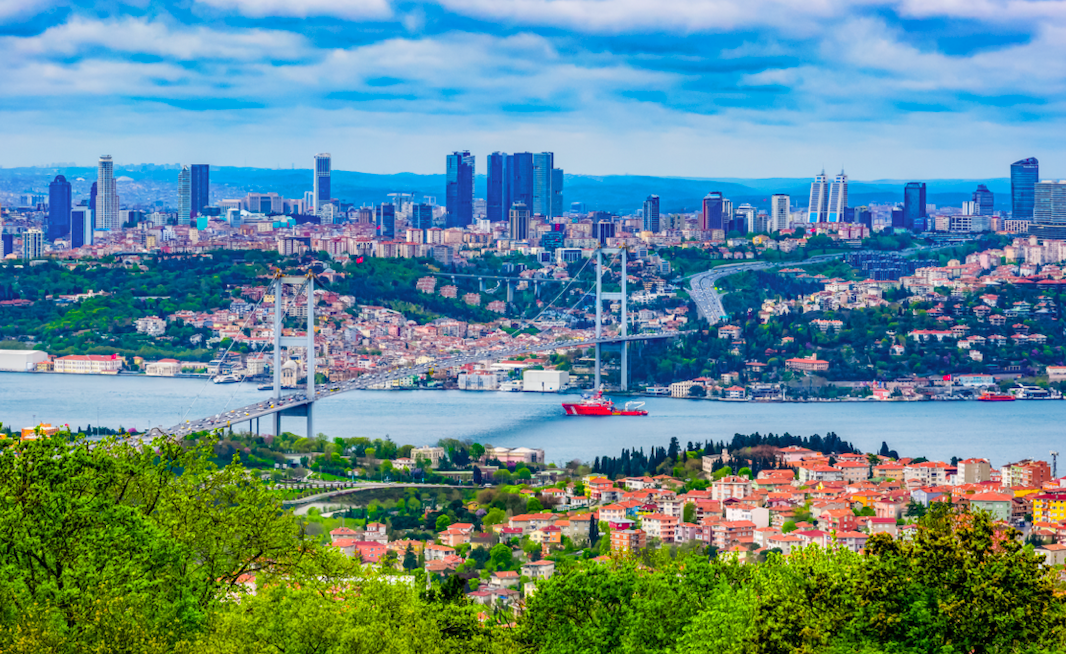



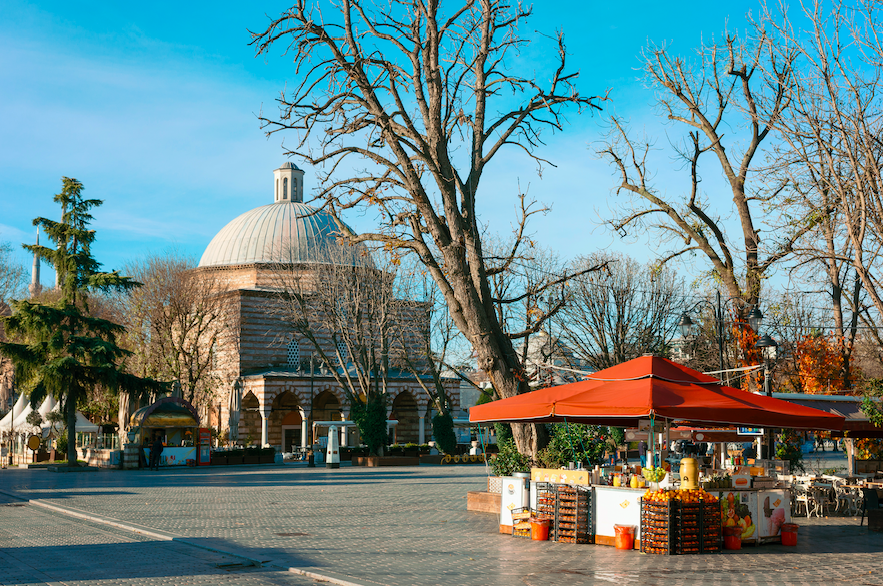
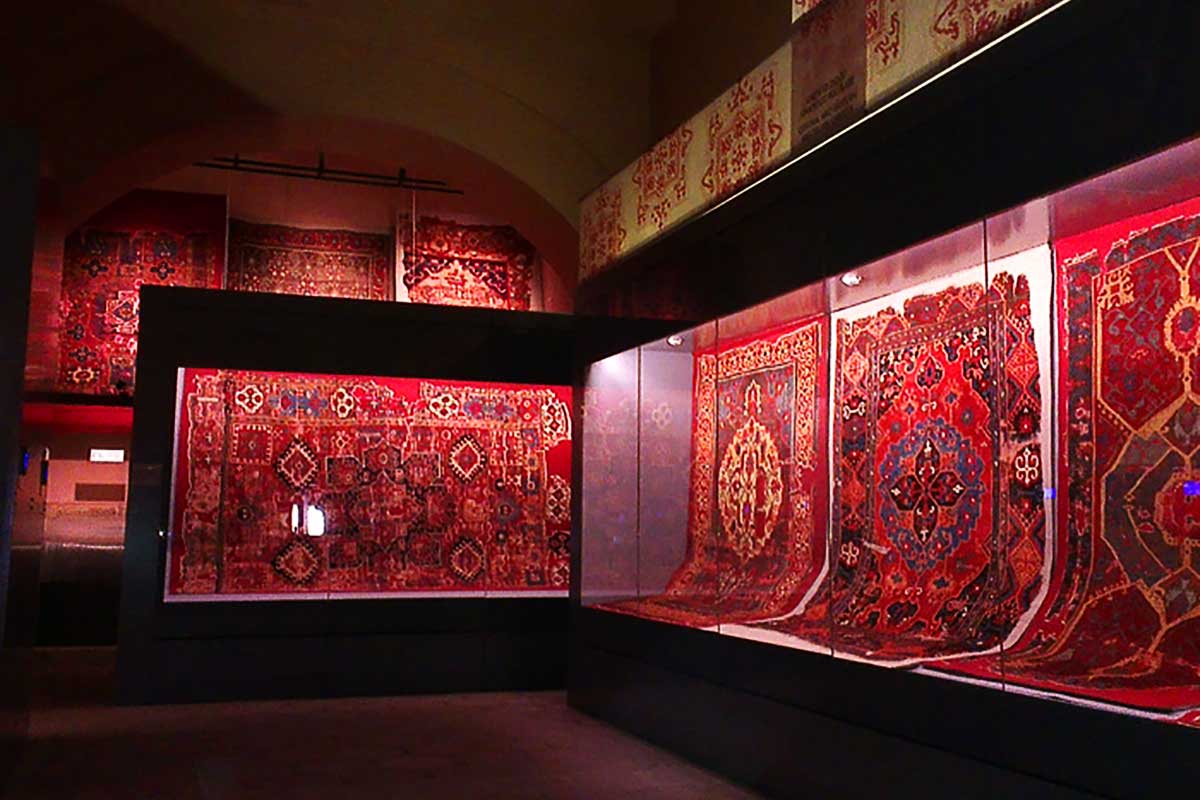
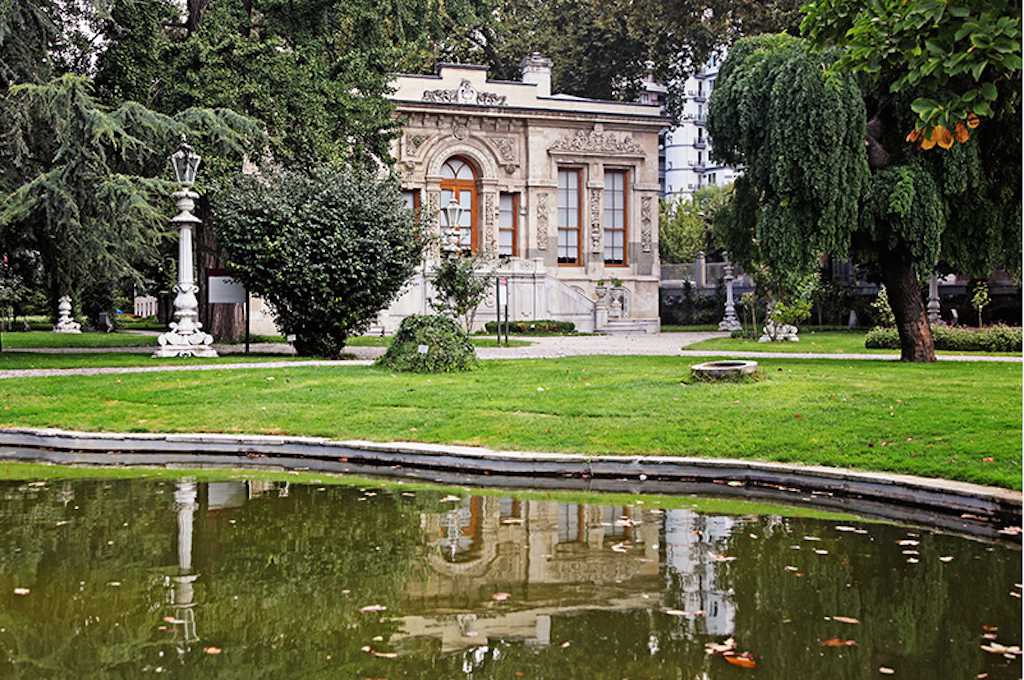
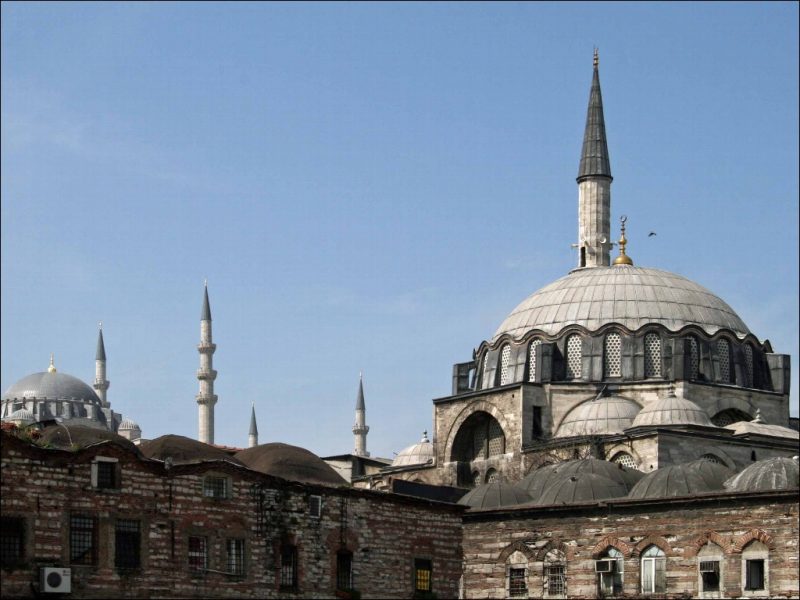
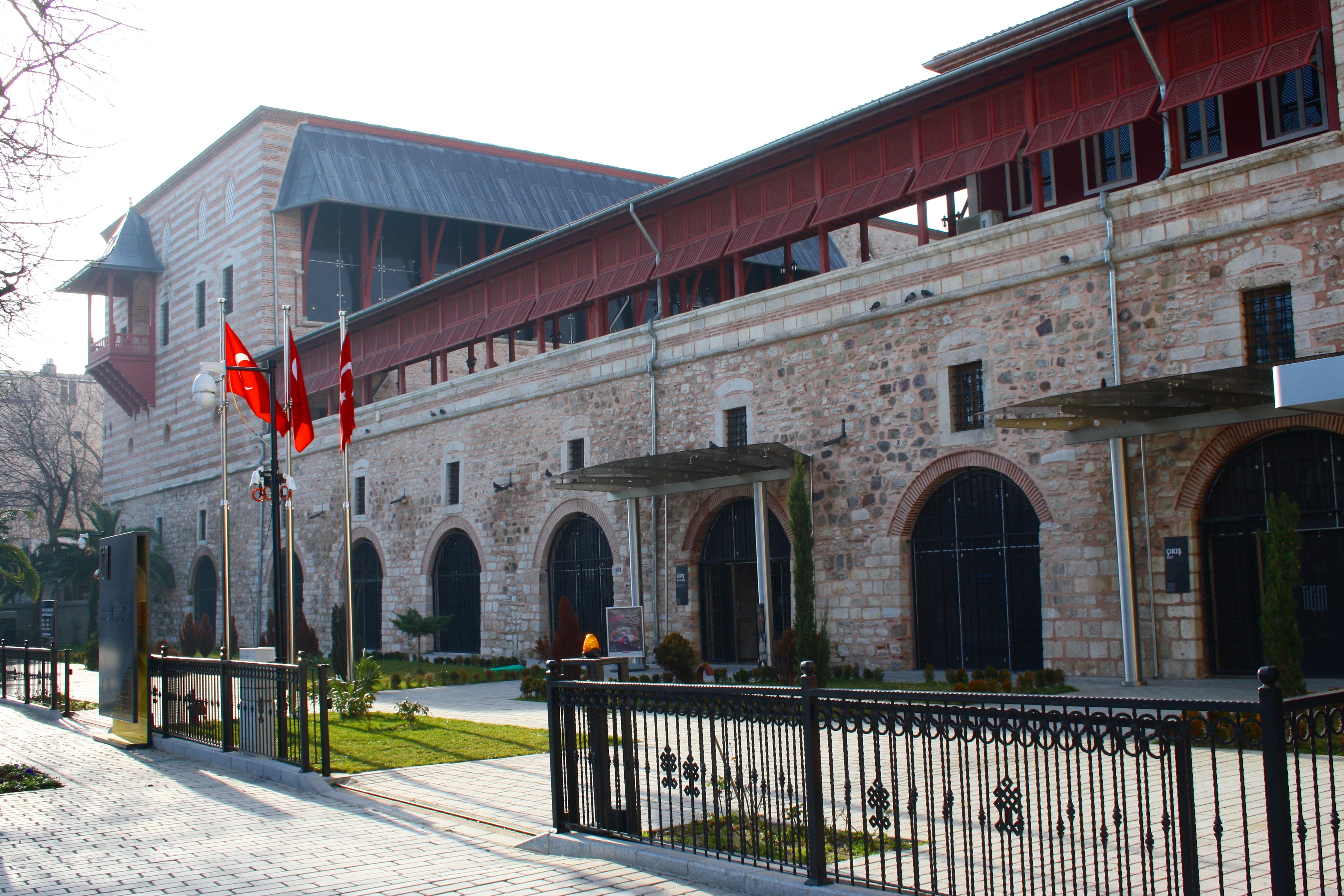

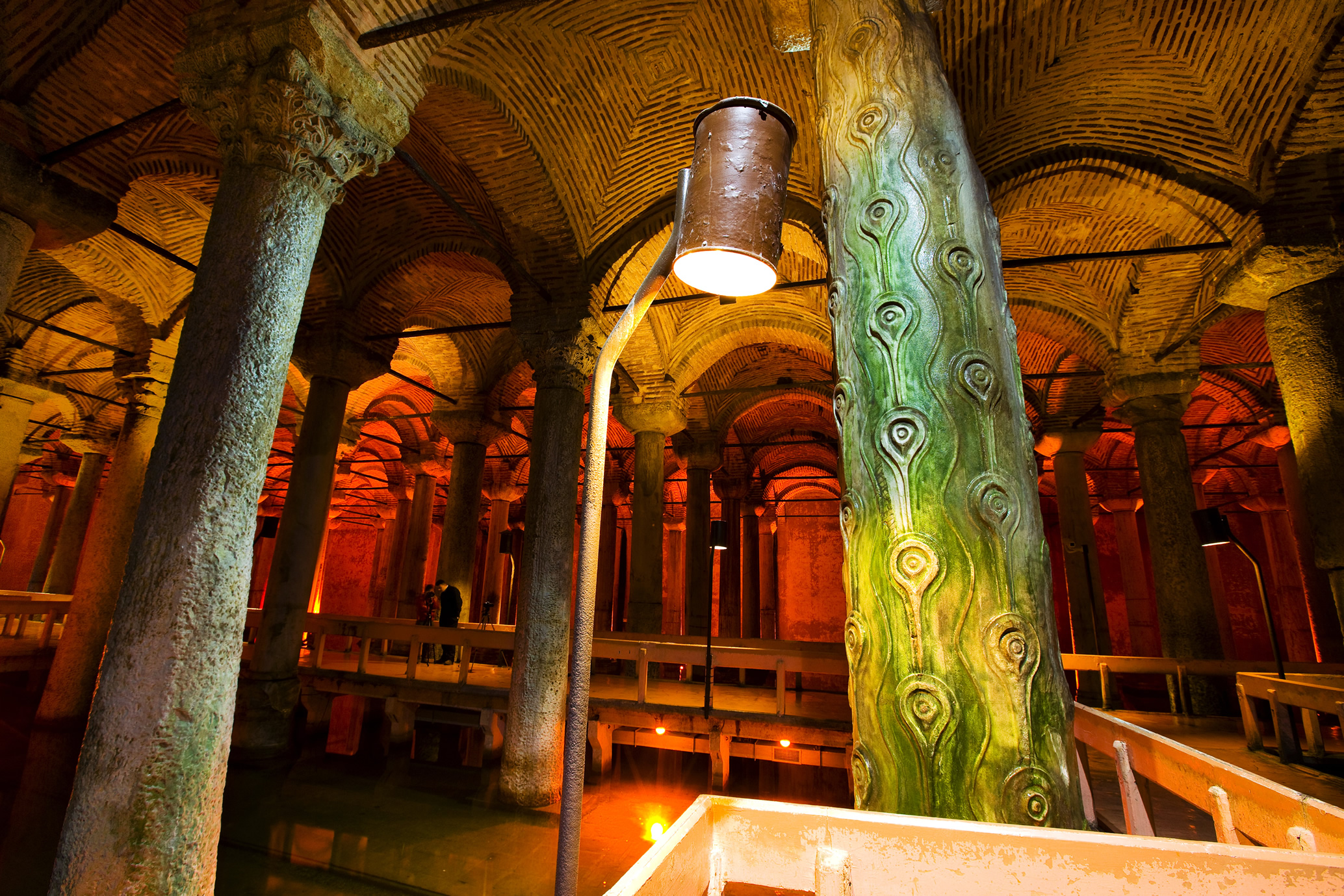
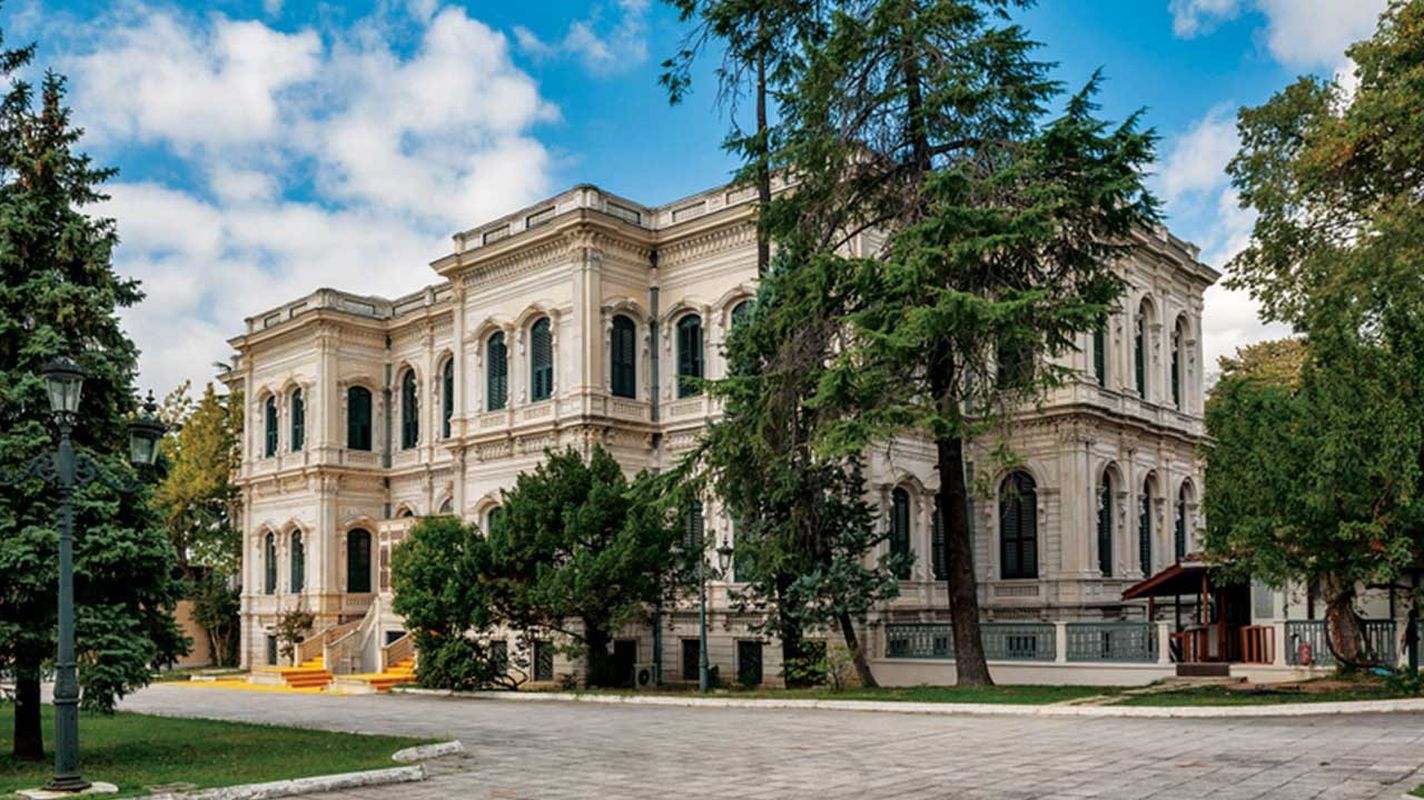
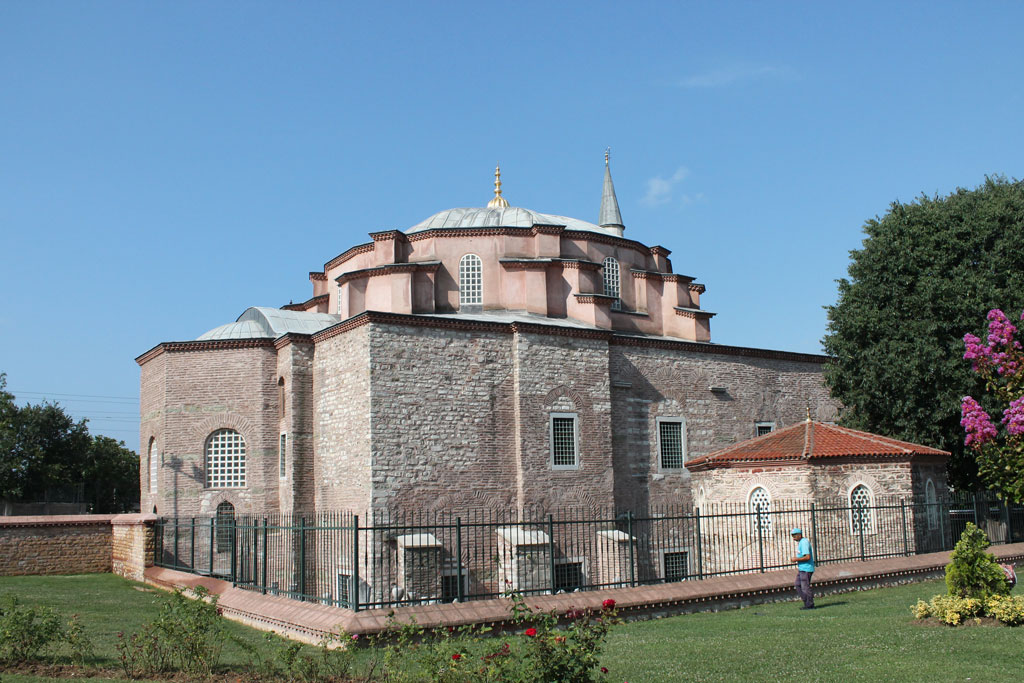
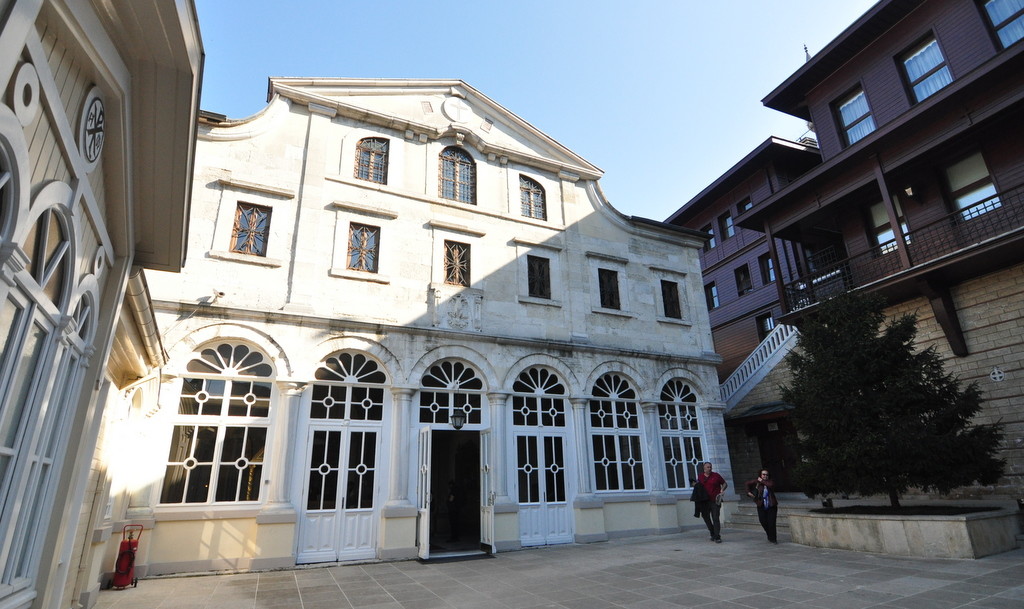
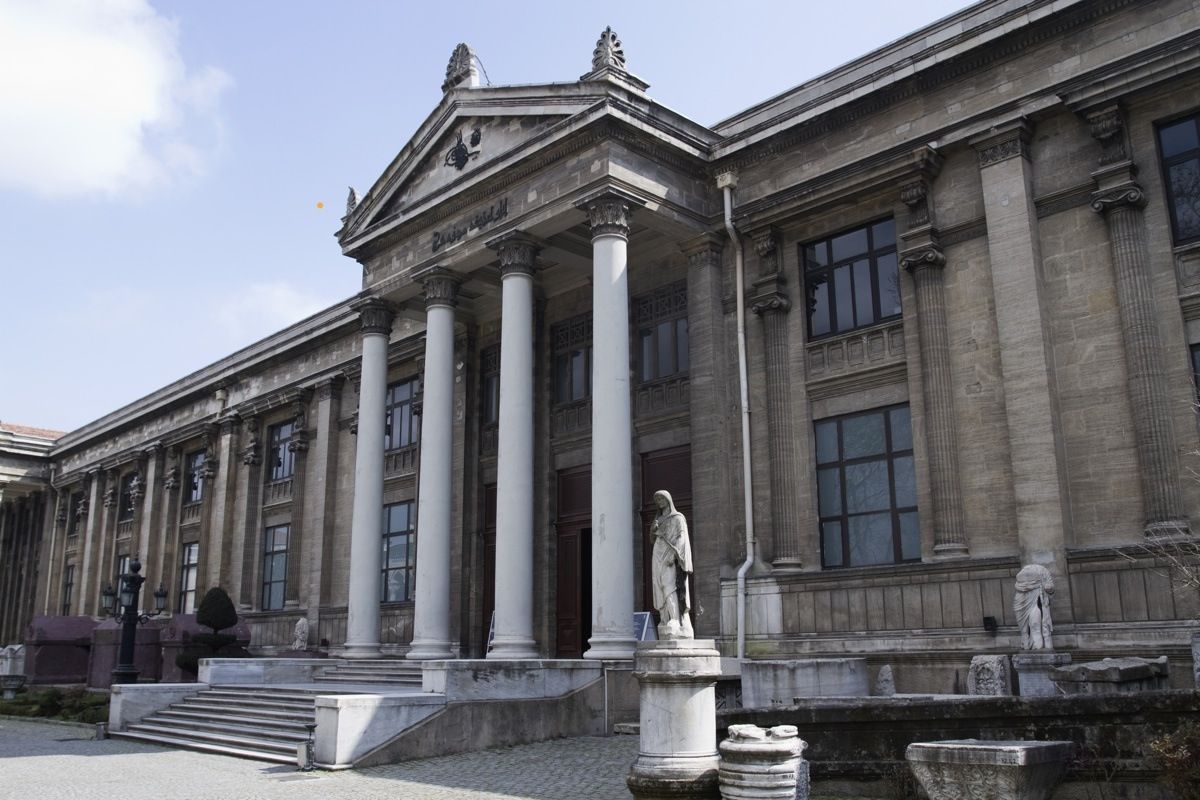
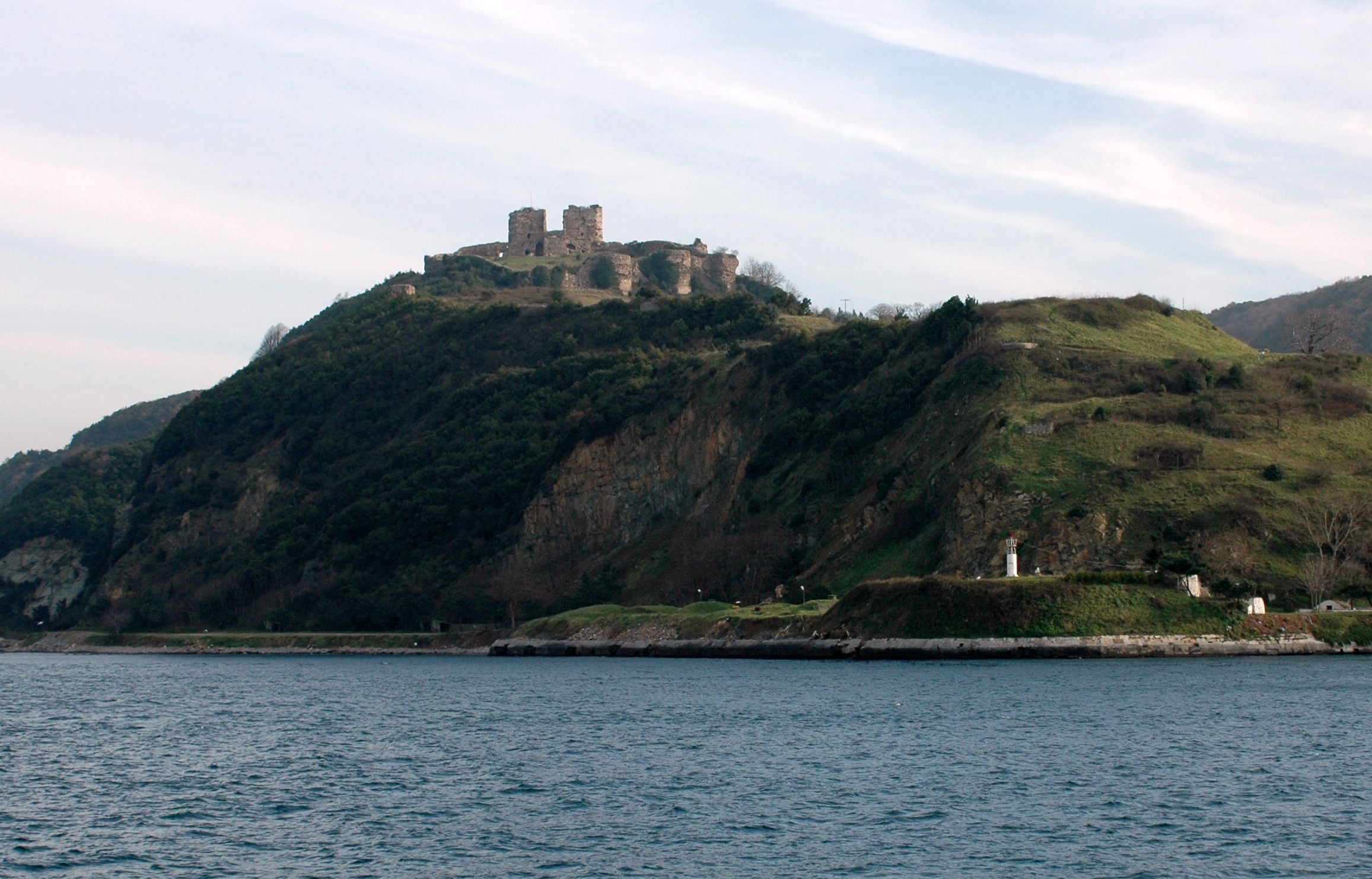
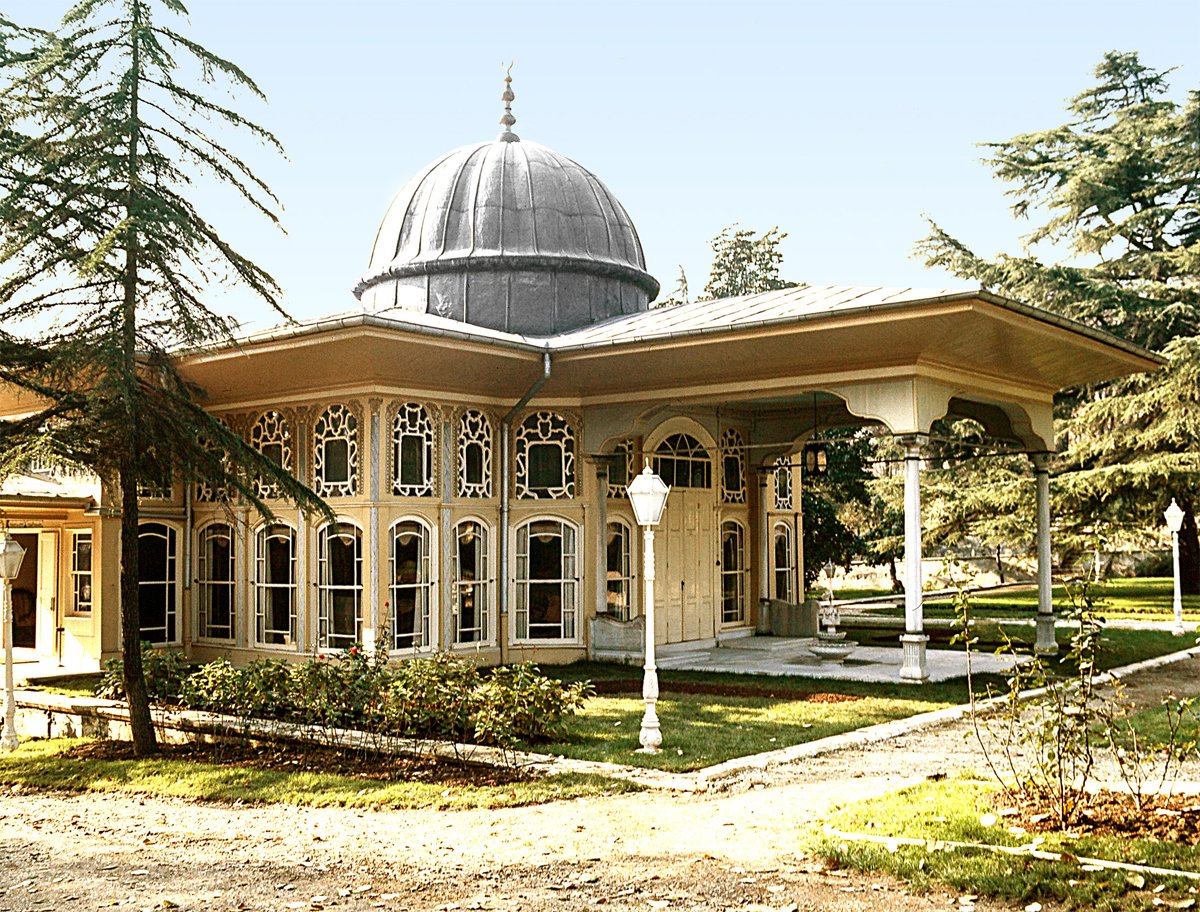
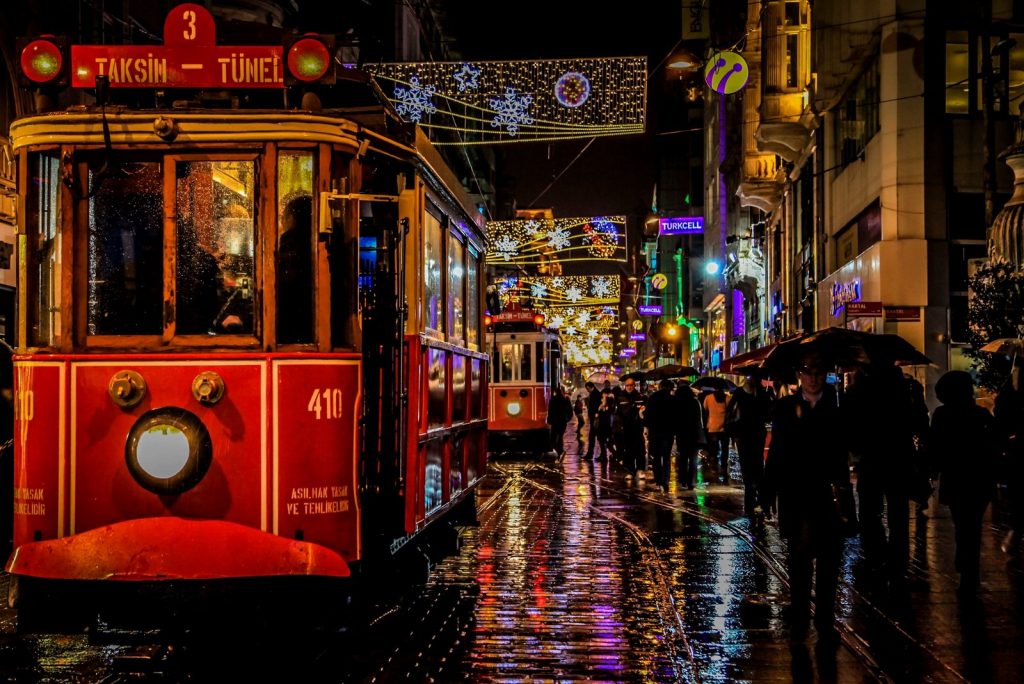
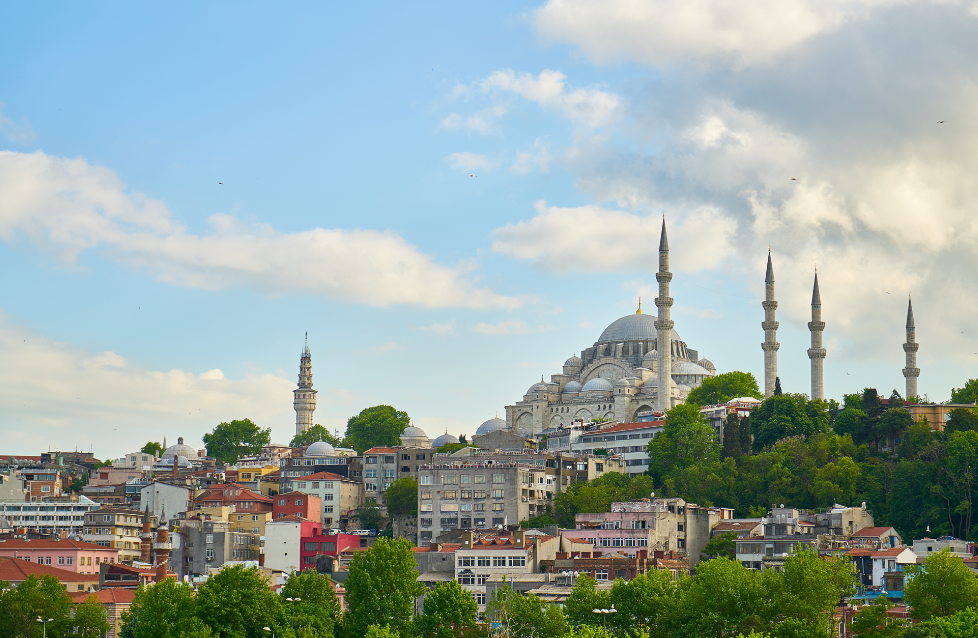


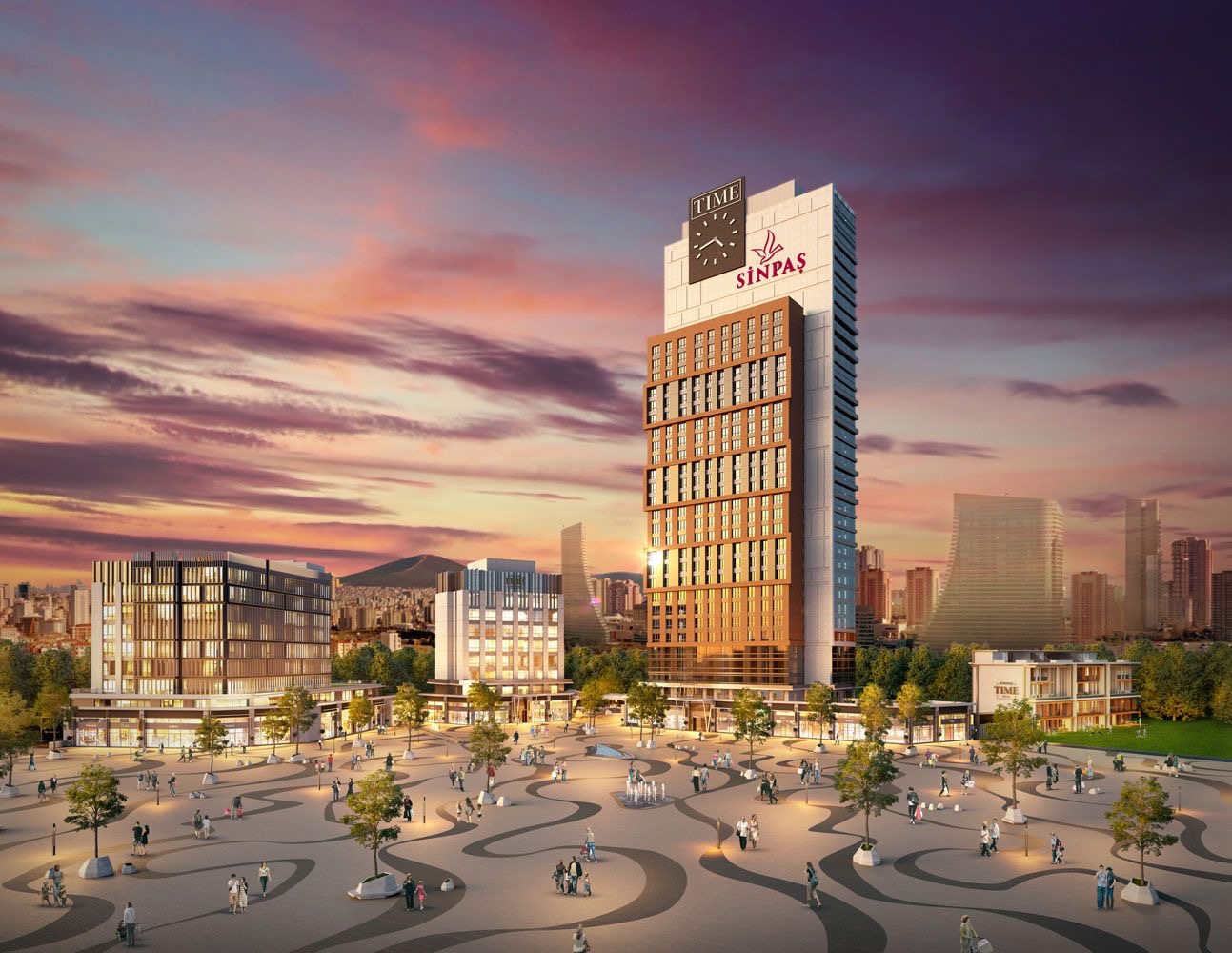

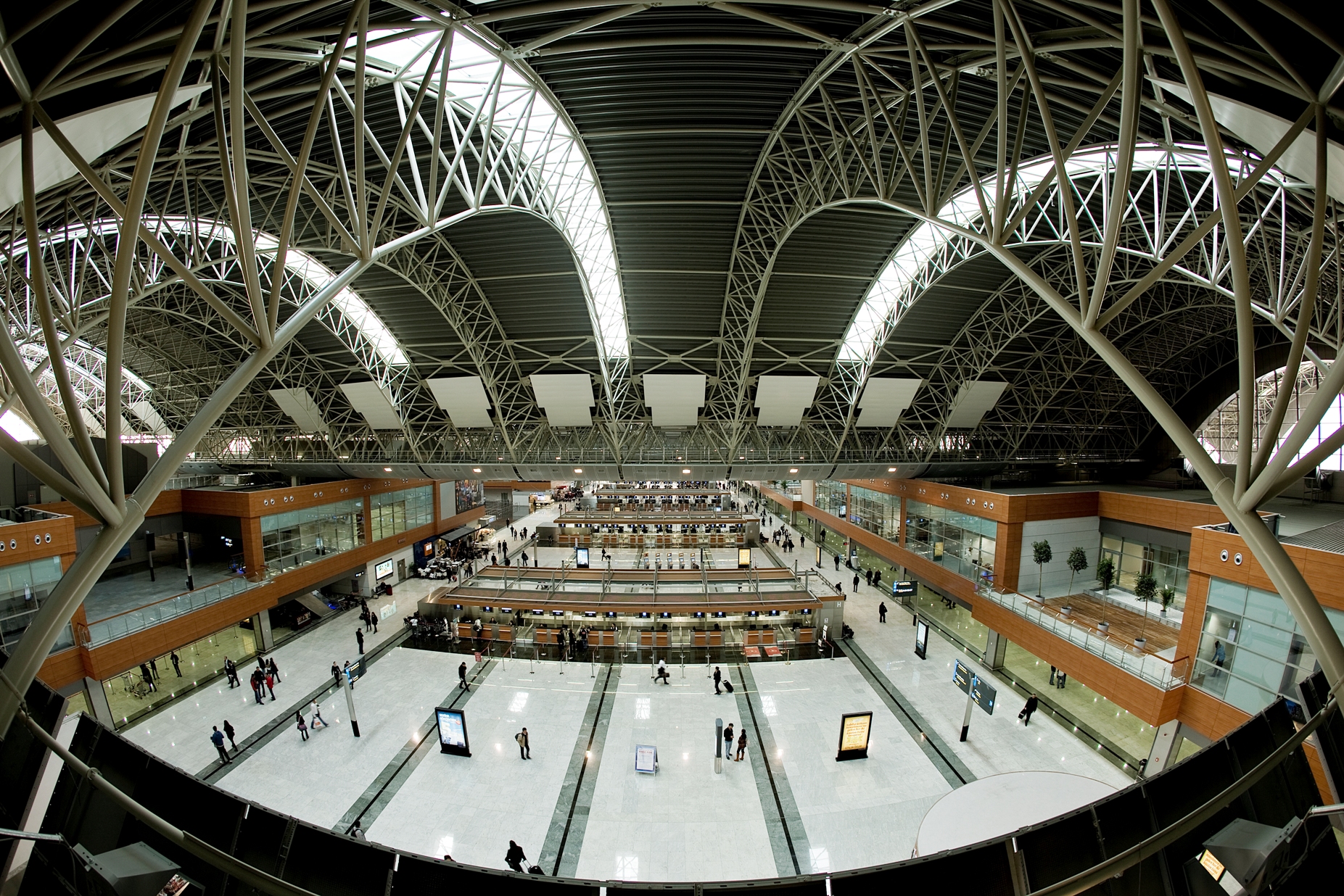

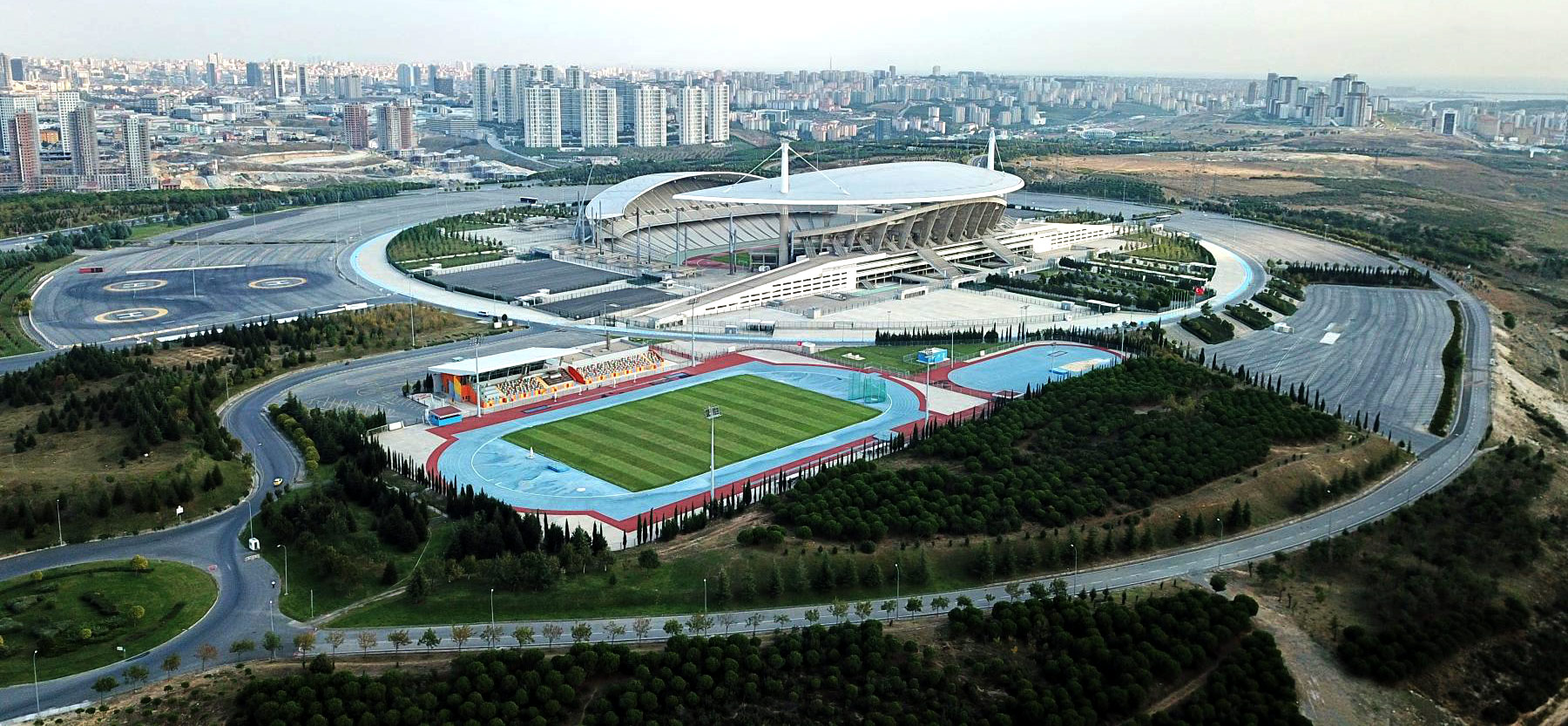
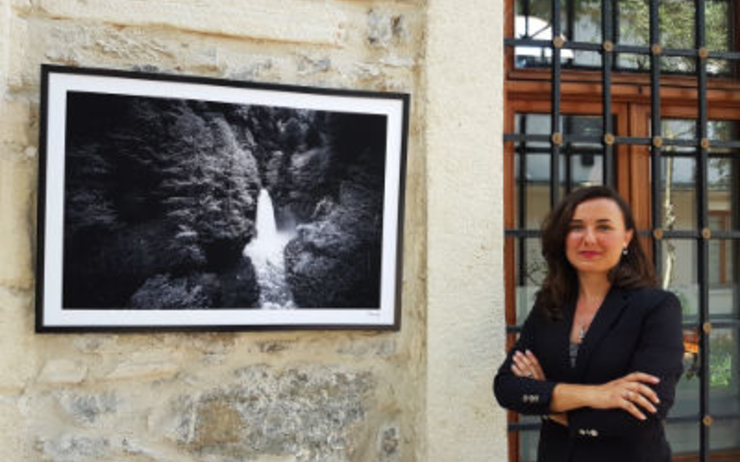
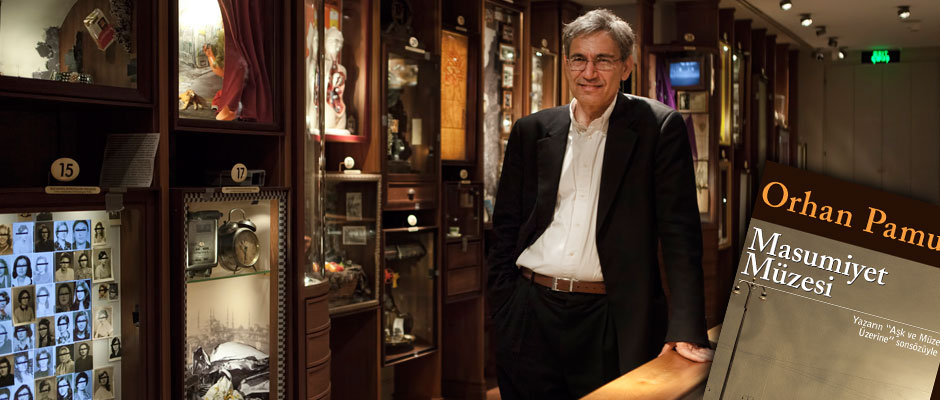


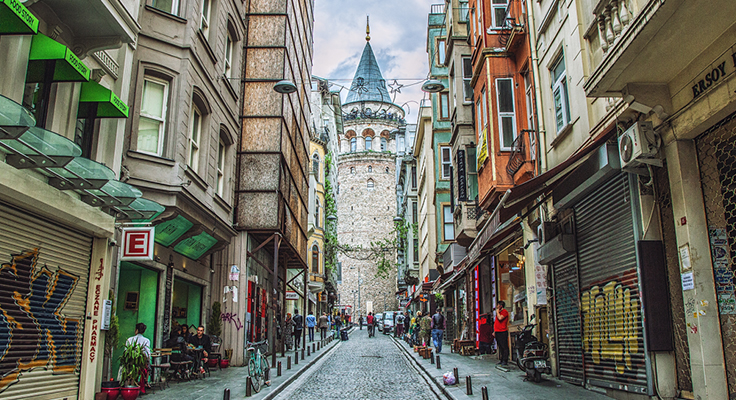
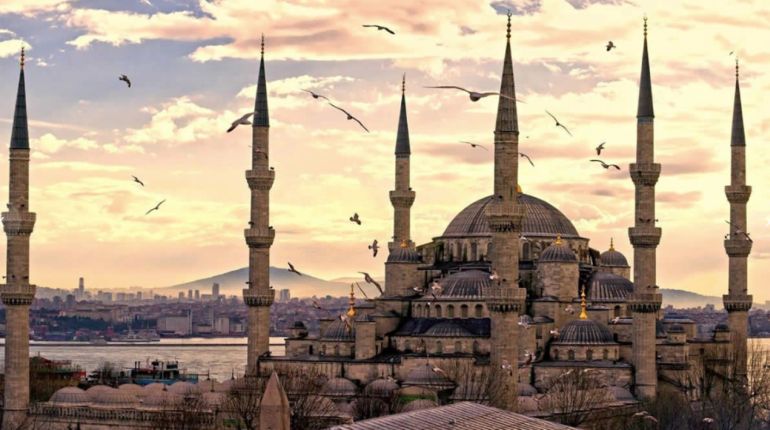
More posts by Etiya Res